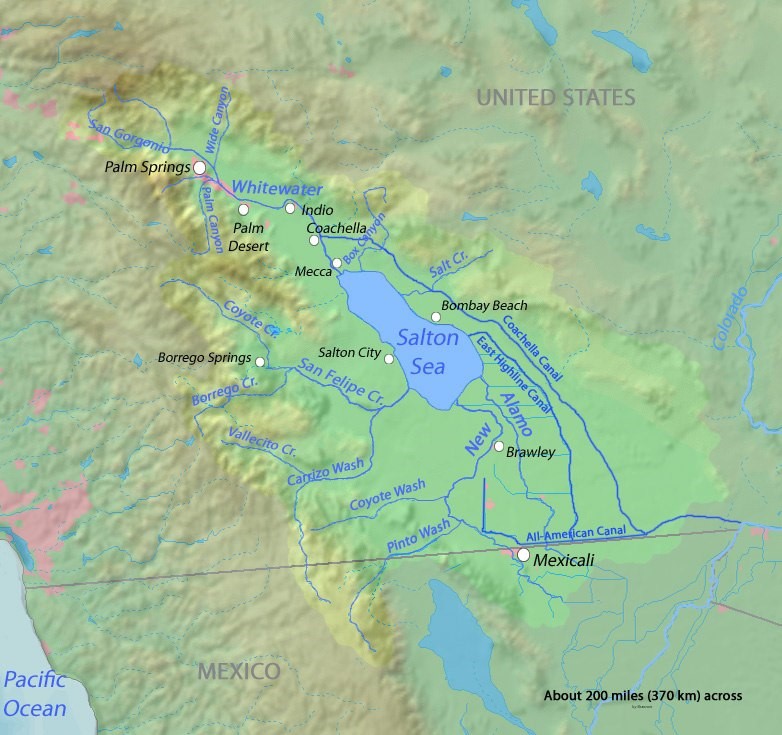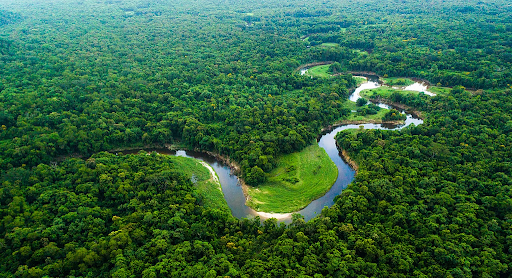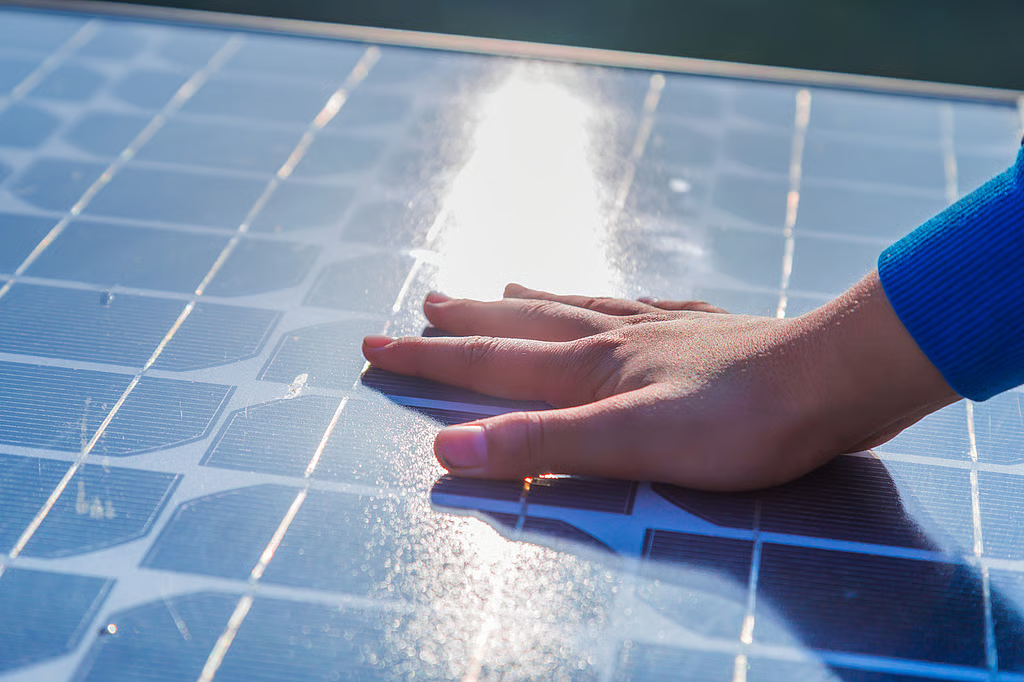Description

Disclaimer: Copyright infringement not intended.
Context
- Under California's Salton Sea, the U.S. Department of Energy has recently found the greatest lithium resource in the world.
About Salton Sea
- It is a saltwater lake that is shallow and situated in southern California's lower Colorado Desert.
- It is a geological depression that is below sea level and nestled between mountain ranges.
- Formation: Until 1905–06, when diversion controls on the Colorado River broke a few miles below the California–Mexico border, the area that is now the lake was a salt-covered sink or depression (a remnant of prehistoric Lake Cahuilla) about 280 feet (85 metres) below sea level.
- Floodwaters rushed northward, filling the depression.
- A series of protective levees was constructed in 1907, which prevented the sink from becoming deeper in the future.
- As of right now, it is 228 feet below sea level.
- It has 130 miles of shoreline spread across an area of 970 square km.

Key information about lithium:
- It is a soft, silvery-white metal that is the head of group 1 (the alkali metals group) of the periodic table of elements.
- Its characteristics include having the lowest density of all metals, being the lightest of all solid elements, reacting violently with water, and having a body-centered cubic crystal structure.
- Occurrence: Although lithium is not found in nature as a metal, it is found in small amounts in igneous rocks, brine deposits, and as salts in mineral springs.
- Its concentration in seawater is 0.1 parts per million (ppm).
- Uses: Lithium is important in rechargeable batteries for cell phones, laptops, digital cameras, and electric vehicles.
|
PRACTICE QUESTION
Which U.S. state is home to the Salton Sea, a shallow, saline lake formed accidentally in the early 20th century?
A) Arizona
B) California
C) Nevada
D) New Mexico
Answer: B
|











